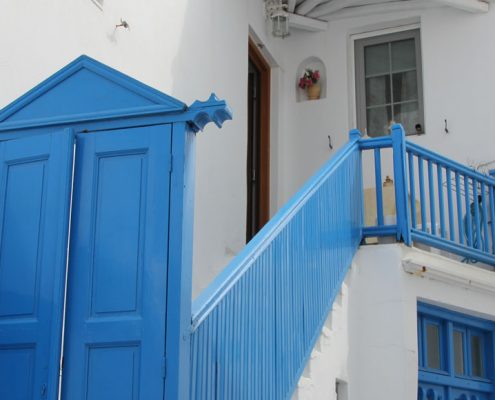Aruba
Top tip: Mask, flippers and sun top

Geography
Aruba is the smallest island in the group of Dutch Caribbean islands that includes Bonaire and Curacao. The island is 30 km (19.6 miles) long and 9 km (6 miles) across at its widest point. The landscape is predominantly flat, dominated by Jamanota Mountain at 188 m (617 ft). The West and Southwest coasts boast long stretches of unspoilt, palm-fringed, powder-white sand beaches at the edge of a beautiful blue-green sea, while in contrast, the East coast has a desolate, windswept shoreline of jagged rocks carved into weird and wonderful shapes by the ever-pounding surf.
Aruba is basically dry and therefore has an abundance of cacti as well as the wind shaped Watapana (divi divi) trees, the highly medicinal aloe and the Flamboyant trees in bloom from June to August. The small but well kept gardens of Aruban homes also have a variety of tropical flowers and foliage.
Facts and Figures
| Area | 178.91km2 |
|---|---|
| Population | 101,484 (2010 estimate) |
| Capital | Oranjestad |
| Language | The official languages are Dutch and Papiamento |
| Religion | Largely Catholic |
| Time | GMT – 4 |
Highlights
Aruba has a variety of historic, scenic and natural attractions. Historically, attractions include Fort Zoutman and the Willem III Tower in Oranjestad, splendid old architecture in Wihelminastraat, the gold mill ruins of Bushiribana and Balashi and the Chapel of Alto Vista on the north coast, as well as the old Protestant church in Oranjestad and the Indian hieroglyphics in surrounding caves and rocks are all worth a visit.
Scenically, Aruba’s beaches are some of the most beautiful in the world – Palm Beach, Eagle Beach, Roger’s Beach and Baby Beach have to be seen to be believed. Natural Bridge on the windward coast is the Caribbean’s highest and most dramatic natural bridge, carved by the pounding sea out of coral cliffs into a high arch: There are also amazing rock formations at Ayo and Casibari.
History
Discovered in 1499 by the Spaniard Alonso de Ojeda, Aruba was colonised by the Dutch in 1636 at the end of the 80 year war between Spain and Holland. Except for a brief period in the early 19th century, when the British took possession, Aruba has remained under peaceful Dutch jurisdiction ever since. In 1824 gold was discovered and gold mines yielded more than 3 million pounds until mining was discontinued in 1913. Oil brought renewed wealth to the island in 1924, followed by tourism – the first luxury hotel was opened in 1959 and tourism has been an increasingly important part of the island ever since. The reluctance to move towards independence seems to have come from the Arubans themselves, and the Dutch ruling monarch remains the head of state.
Interested in Aruba? Call +44 (0)20 7604 4408 for expert holiday advice


